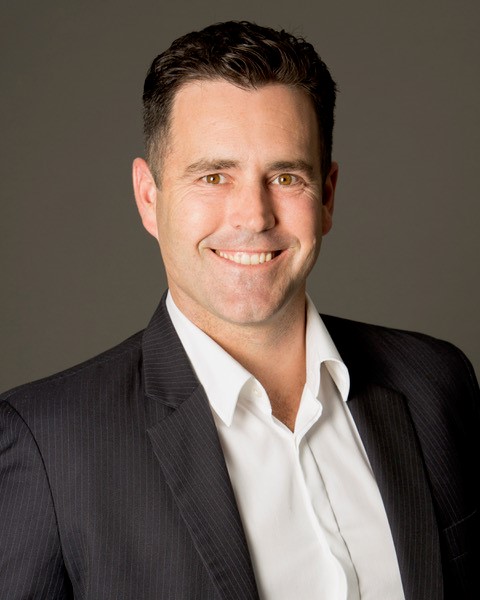Bridging trap: How businesses can avoid getting caught by short-term loans
EXPECTING the unexpected and forward planning are the keys to avoid being caught in the bridging loan cycle, according to Grow Capital CEO, Gus Gilkeson.
Mr Gilkeson said the latest ScotPac Business Finance SME Growth Index found 94% of SMEs are seeking new capital, while 29% believe they’re at risk of insolvency if they were to lose a major supplier or client.
Mr Gilkeson said while short-term loans “can and do have a place in business” they should be part of a longer-term strategy. 
“Short term bridging loans are great if they’re helping you achieve your longer-term goals,” he said. “Buying an asset for example might require short term cash for a longer-term return.
“However, if your business is constantly requiring short term funding to bridge cash flow gaps or address planning shortfalls, then you might need to reassess your business plan and determine whether you have a broader problem.
“A bridging loan should be exactly that – a bridge to get to the other side. But you need to have that pontoon on the other side in the first place.”
Credit score risk
Mr Gilkeson warned that using bridging loans too often could have a detrimental impact on a company credit score and affect future lending opportunities.
“Having multiple credit inquiries in a short space of time will have a negative impact on your commercial credit file,” Mr Gilkeson said. “Similarly, if you enter into a lending deal with a high-interest-rate short term funder, there’s a potential for mainstream funders to view that negatively and refuse you credit in future.
“It’s similar to someone who frequently uses pay-day lenders being refused a home loan by a major lender down the track. The financial institution looks at that history and thinks there may be a bigger, underlying issue.”
Mr Gilkeson said there were steps businesses could take to “avoid getting caught” in the bridging loan cycle:
- Know where your business is currently at: There are five stages of growth that businesses go through, including Existence (Startup), Survival (Viability), Success (Stabilise or Grow), Scale (Expansion) and Maturity. Where is your business sitting currently and where are you planning to be six, 12, 24 months?
- Expect the unexpected: What is the business contingency in case of personal or family illness, weather and seasonal events, or supply chain issues, for example. While all these potential scenarios are outside your control, “you can control your contingency planning and have strategies in place for if and when those scenarios come to pass”.
- Regulatory change: Mr Gilkeson said it was vital to stay up to date with industry developments and changes “so your business can be as prepared as possible, and not be caught on the hop”.
- Build buffers: Whether it be a time or monetary buffer, it’s important to give yourself and your business some wiggle room. “It’s better to over-estimate how much time or money a project will require and end up pleasantly surprised, as opposed to finding yourself running out of either and requiring that short-term bridging loan simply to get through to the end.”
Mr Gilkeson said plans for 2025 should ideally be well-advanced.
“Right now, I would expect that most business owners are already considering the end of the 24-25 financial year, what that looks like and starting to plan accordingly,” he said.
“Those that have a solid business plan are looking even further ahead – at least one to two years. This is particularly important when you consider that a potential long-term lender is going to want to see your projections for that far in advance, if not further.
“If you’re serious about securing long term finance, then you also need a long-term strategy.”
About Gus Gilkeson
Gus Gilkeson is the CEO of Grow Capital. His identifies his mission as being “to bridge the information gap between funders and those seeking finance, ensuring that the needs of both parties are clearly understood and met”. Having worked for many years in strategic business development for major banks and lenders, Gilkeson saw the difficulties SMEs had in getting business finance and wanted to change that.Now, he takes his business financing expertise to the business owner “to help them gain funding from what’s out there”. When it’s time to take a break, he likes to spend it outdoors with his family, friends and a menagerie of animals, is an avid martial arts practitioner and volunteers with the NSW Rural Fire Service.
ends

 How to resolve AdBlock issue?
How to resolve AdBlock issue?